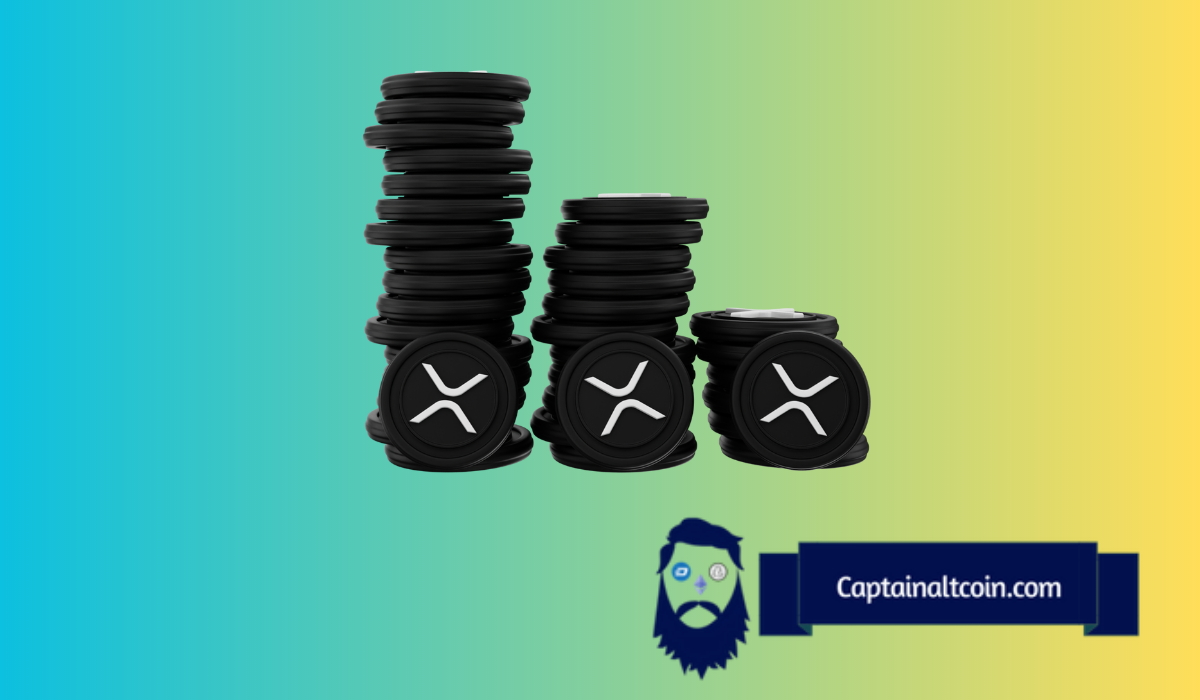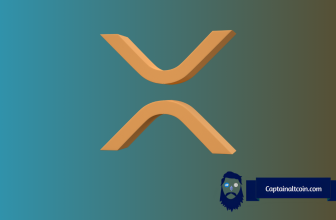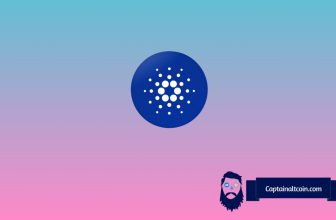
Ripple, the company behind the fifth-largest cryptocurrency by market capitalization, has joined forces with Peersyst to unveil the first XRPL (XRP Ledger) sidechain with Ethereum Virtual Machine (EVM) compatibility.
Ripple has long been known for its digital payment network RippleNet and XRP cryptocurrency. Now the company is setting its sights on smart contracts – seeking to challenge Ethereum’s dominant position in that area.
RippleXDev (development department of Ripple) today demoed an Ethereum Virtual Machine (EVM) compatible sidechain that allows smart contracts to run on the XRP Ledger (XRPL).
The slick video demonstration shows how easily XRPL can now support solidity smart contracts, tokenization, NFTs, and decentralized applications – bringing it head-to-head with Ethereum. This sidechain, named Federated Sidechains, connects to the XRPL mainnet while allowing compatibility with the EVM. By bringing smart contract functionality to XRPL, Ripple is making a bold play to take on Ethereum and capture a slice of the booming DeFi market.
‼️ THE FIRST XRPL SIDECHAIN WITH EVM + DEMO
— XRP DROPZ (@DROPZXRP) August 13, 2023
➡️ @Ripple 🤝 @Peersyst
➡️ Project components:
🔹 Network
🔹 Explorer
🔹 Wallet
🔹 Bridge
➡️ Transaction with #xummwallet and #MetaMask @RippleXDev #apex #xrpl #xrp #xrparmy pic.twitter.com/376drpoKrx
What you'll learn 👉
XRPL Sidechain Components and Integration
The new project includes essential components such as Network, Explorer, Wallet, and Bridge, and the team has published a demo video showcasing the XRPL sidechain.
XRPL sidechains are independent blockchains that run parallel to the main XRP Ledger. They are customized core XRPL technologies designed to cater to specific use cases or projects, allowing developers more flexibility and room for innovation. The integration will enable transactions with #xummwallet and #MetaMask.
How Sidechains Interact with XRPL Mainnet
Every sidechain has a “trust” account on the XRPL Mainnet, which holds assets for sidechain users. The sidechain’s validators manage this account, enabling interaction with the Mainnet. Sidechains can either have a new native asset or use XRP. The XRPL’s integrated decentralized exchange (DEX) can trade federated assets imported onto XRPL, providing liquidity for sidechains.
A software known as “federator” connects the sidechain to the XRPL Mainnet, permitting assets (including XRP and issued tokens) to move between chains. XRP can be moved from the XRPL to a sidechain, and used there just like on the main chain.
Potential of XRPL Sidechains
The introduction of XRPL sidechains opens up a multitude of possibilities, enabling horizontal scaling and the provision of a platform for experimentation with minimal risk to the main XRPL. Developers can build native DeFi capabilities and smart contracts on these sidechains, determining their validators and even changing the system’s rules.
The development of sidechains also paves the way for introducing innovative features and applications, such as the Hooks sidechain that supports XRP as its native asset or the EVM-compatible sidechain aiming to bring web3 applications to the XRPL community.
Conclusion
The collaboration between Ripple and Peersyst in launching the first XRPL sidechain with EVM compatibility marks a significant milestone in expanding the capabilities of the XRPL. The project demonstrates the commitment to enhancing the utility of XRPL, thus catering to a wider array of use cases, including decentralized finance and smart contracts. The innovative approach to leveraging sidechain technology offers limitless opportunities for both developers and the broader cryptocurrency community.








